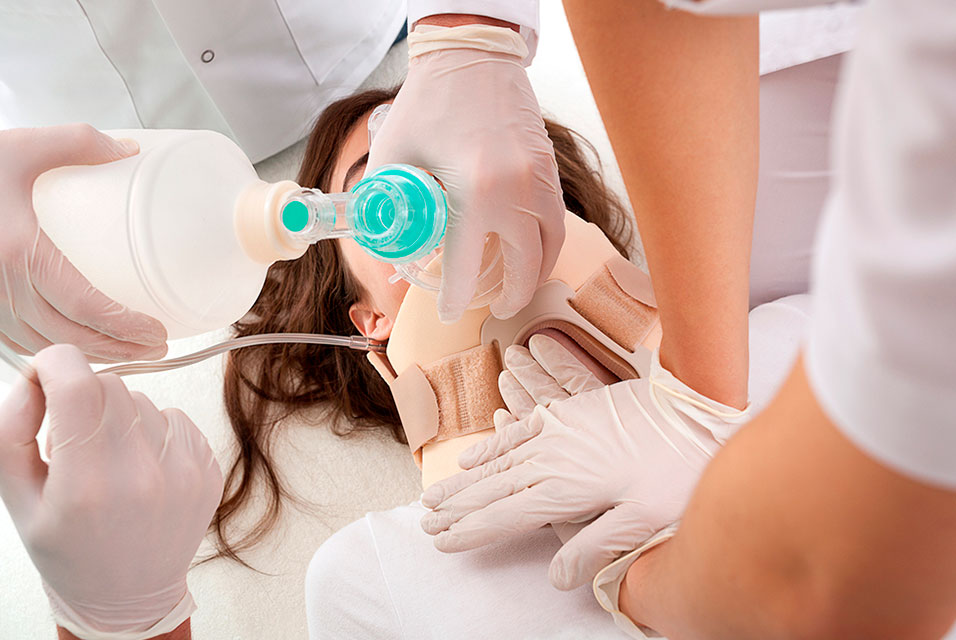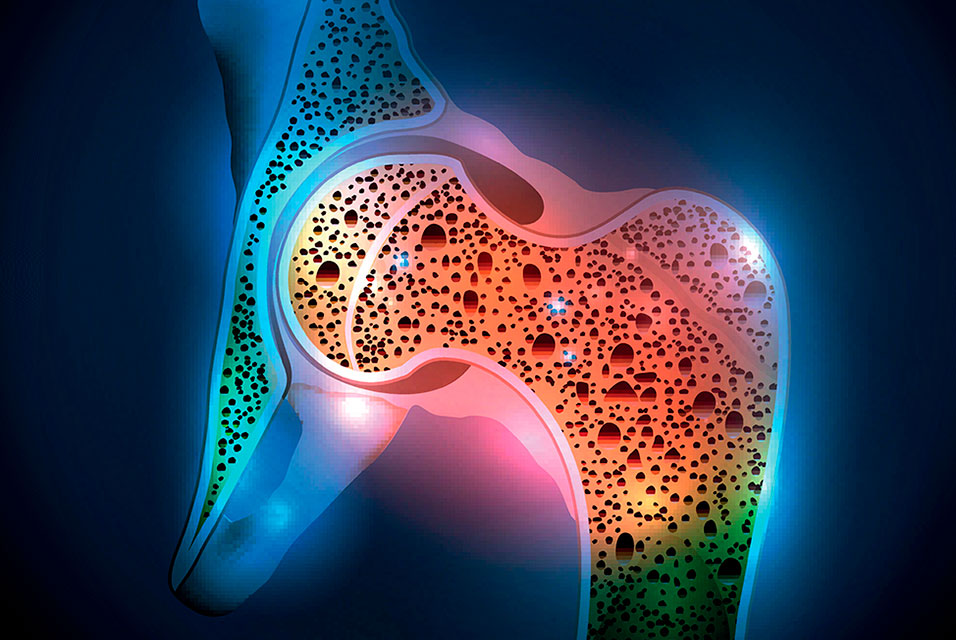PHILADELPHIA, PA.- It isn’t a death sentence if a COVID-19 patient suffers a cardiac arrest while getting treatment for the virus in the hospital, according to new research that contradicts reports from early on in the pandemic. The new insight from a researcher in the Perelman School of Medicine at the
University of Pennsylvania still shows that such events remain deadly, but can be survived at a rate likely near what it was among other hospital inpatients before the pandemic broke out. This analysis was presented during the American Heart Association’s annual scientific meeting this month.
“Early studies showed extremely low rates of COVID-19 patients who were resuscitated successfully and went on to survive after suffering from cardiac arrest. The first study from Wuhan demonstrated just a 2.9 percent 30-day survival rate and a second small cohort from New York City showed absolutely no survival,” said Oscar Mitchell, MD, a fellow in Pulmonary and Critical Care Medicine at the Hospital of the University of Pennsylvania and the Center for Resuscitation Science. “These results, of course, raised concerns that offering CPR to these patients wasn’t accomplishing anything and may have just been exposing hospital staff to the virus. But our results showed survival with a good neurological status is very possible if CPR is attempted.”
Examining data from between March and the end of May 2020 at 11 different hospitals across the United States, Mitchell and his fellow researchers identified 260 patients with COVID-19 who suffered cardiac arrest — a complete loss of heart rhythm — while in the hospital for treatment. During that time, the data showed that 22 percent of those patients were able to be revived. After their cardiac arrests, 12 percent of patients survived the events for at least a month, a standard marker for mortality when researching adverse health events.
Overall, the rates of successful resuscitation were still about a third of what they were before COVID-19, and the 30-day survival numbers were half. However, those rates could have been skewed by the variation in outcomes by hospital.
The New York City hospitals included in the study treated the lion’s share of the patients (204). However, the rate of successful resuscitation for the New York patients was 11 percent compared to 64 percent in the other hospitals. Moreover, the 30-day survival rate was 6 percent in New York compared to 36 percent elsewhere. As such, the non-New York hospitals’ numbers were, in fact, right in-line with what could be expected for other hospital patients experiencing cardiac arrest pre-COVID.
“What this shows is that these patients have a survival rate similar to what it was before the pandemic,” said one of the senior researchers on the study, Benjamin Abella, MD, a professor of Emergency Medicine. “It demonstrates that our regular means of treating in-hospital cardiac arrest may still be effective in COVID-19 patients and we should consider it as something that is eminently survivable.”
The difference in numbers by location may have been the result of differences in circumstances at each site, the researchers hypothesized.
“The strains of the COVID-19 pandemic on hospital resources may have amplified variations in things like detection of cardiac arrest, how patients were handled during the cardiac arrest, and post-event care,” Mitchell said.










